Amakara Kumakara, a really good gi...
I never knew gibier could be so delicious! You can discover how delicious gibier...
■ History of Asakusa Sensoji Temple ■
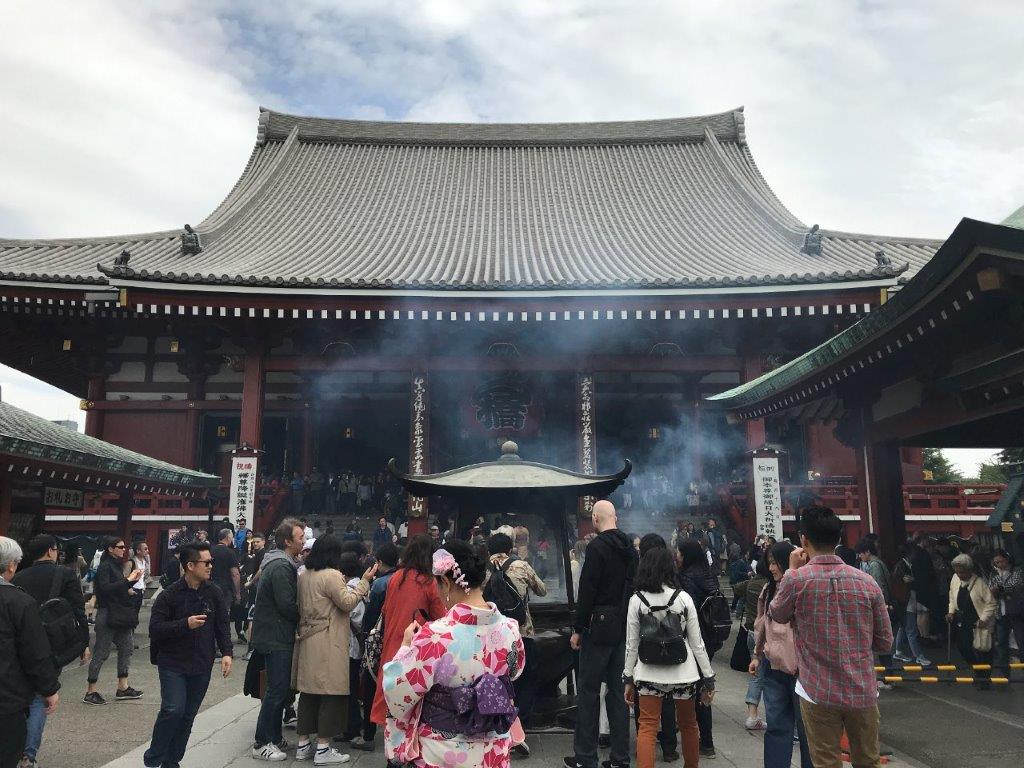
The gate of Asakusa Temple "Thunder gate". We call"Kaminarimon".

Kamirarimon (Thunder Gate), the main gate of Sensoji
Kaminarimon (Thunder Gate), the main gate of Sensoji represents
Asakusa.
The official name is Furaijinmon (god of wind and
thunder). Fujin (god of wind) is located
on the right side, Raijin (god of thunder) on the left side.
…Sensoji History Start…
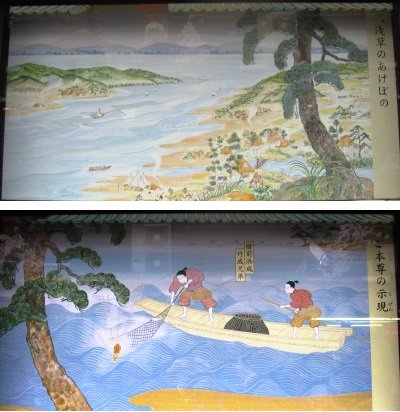
1. Dawning of Asakusa
Asakusa was formed by sediment deposition carried by
the Tone River, the Arakawa River and the Iruma River. During the Kofun era (250 – 538 A.D.), it was
a small village where fishermen and farmers lived.
2.Appearance of Gohonzon (principal object of worship)
According to legend, a Buddha statue was found in the
Sumida River in 628 by two fishermen, the brothers Hinokuma Hamanari and Hinokuma
Takenari. This is the statue of a
bodhisattva Kannon, which Sensoji is dedicated to.
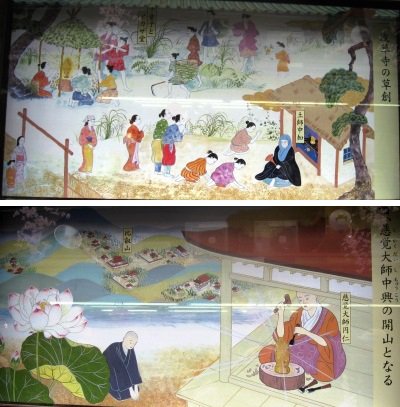
When the brothers showed the Kannon statue to their
chief, Hajino Nakamoto (also known as Hajino Manakachi), he recognised the
sanctity of the statue, entered the priesthood, and enshrined it by remodeling
his own house into a temple. This is
said to be the beginning of Sensoji. The
Kannon statue is said to be a golden statue of 5.5 cm tall, however the entity
is unknown as it is a treasure never to be disclosed.
In 645, 17 years after the appearance of Gohonzon,
Shokai Shonin visited the area and built a Kannondo in order to enshrine and
treasure the Kannon statue. Later, in 854,
Jikaku Daishi created a duplicate of the original Kannon statue upon his visit.
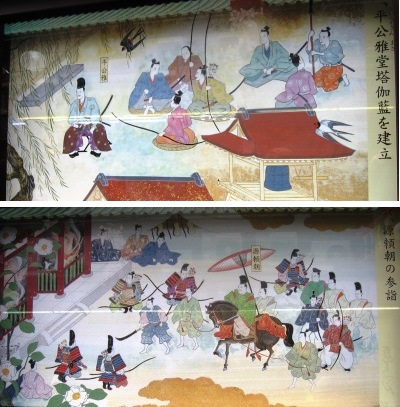
6.A visit by Minamoto Yoritomo
In 1180, when Minamoto Yoritomo arranged his army in
Ishihama, Asakusa, he visited Sensoji to pray for victory over the Heike
Clan. He also requested Sensoji’s temple
carpenters to help building the Tsurugaoka Hachimangu in Kamakura. Sensoji had been worshipped among many
military commanders and cultured people, and spread its name throughout the
country.
 7.Considerable support by Tokugawa Shoguns
7.Considerable support by Tokugawa ShogunsAlong with the prosperity of Edo Tokyo, the visitors of
Sensoji increased, Asakusa became the cultural centre for Edo. At the golden age of the Edo era, hundreds of
small Shinto shrines were built in the temple grounds and Asakusa became a
sacred place to worship by the common people. Okuyama area became popular for
the Sensoji visitors to see street performance and shows. Seasonal events including Setsubun in spring
were also very crowded.
In the Meiji era, the temple grounds became Asakusa Park. Sixth District became famous as an entertainment district, making the great contribution to Japanese film and theatre history. With the opening of the horse-driven railway-carriage line in 1882 and the Japan’s first skyscraper, Ryounkaku (also known as Asakusa Twelve-stories, 52m high) in 1890, Asakusa led the movement of civilisation and enlightenment.
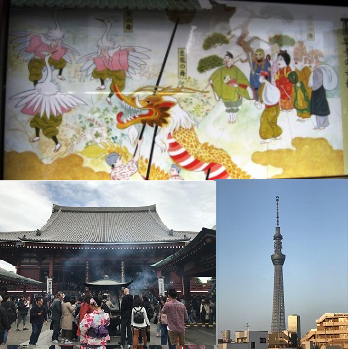
Performance in Sensoji Temple
) is opened close to Asakusa in 2012.
Amakara Kumakara, a really good gi...
I never knew gibier could be so delicious! You can discover how delicious gibier...
ARSPACE WEST Asakusa, a hair salon...
Blue and white exterior and interior reminiscent of the West Coast. Chairs that ...
Tsugaru shamisen and live folk mus...
Kazunoya Oiwake has been the best place to enjoy Japanese music in Tokyo for ove...
A consultative multi-language phar...
BLEZ Pharmacy: A Unique and Welcoming Experience in A Japanese Drugstore.
Onigiri, Japanese Soul Food: Nishi...
Musubi Matsuba's onigiri are wrapped in carefully selected seaweed and salt...